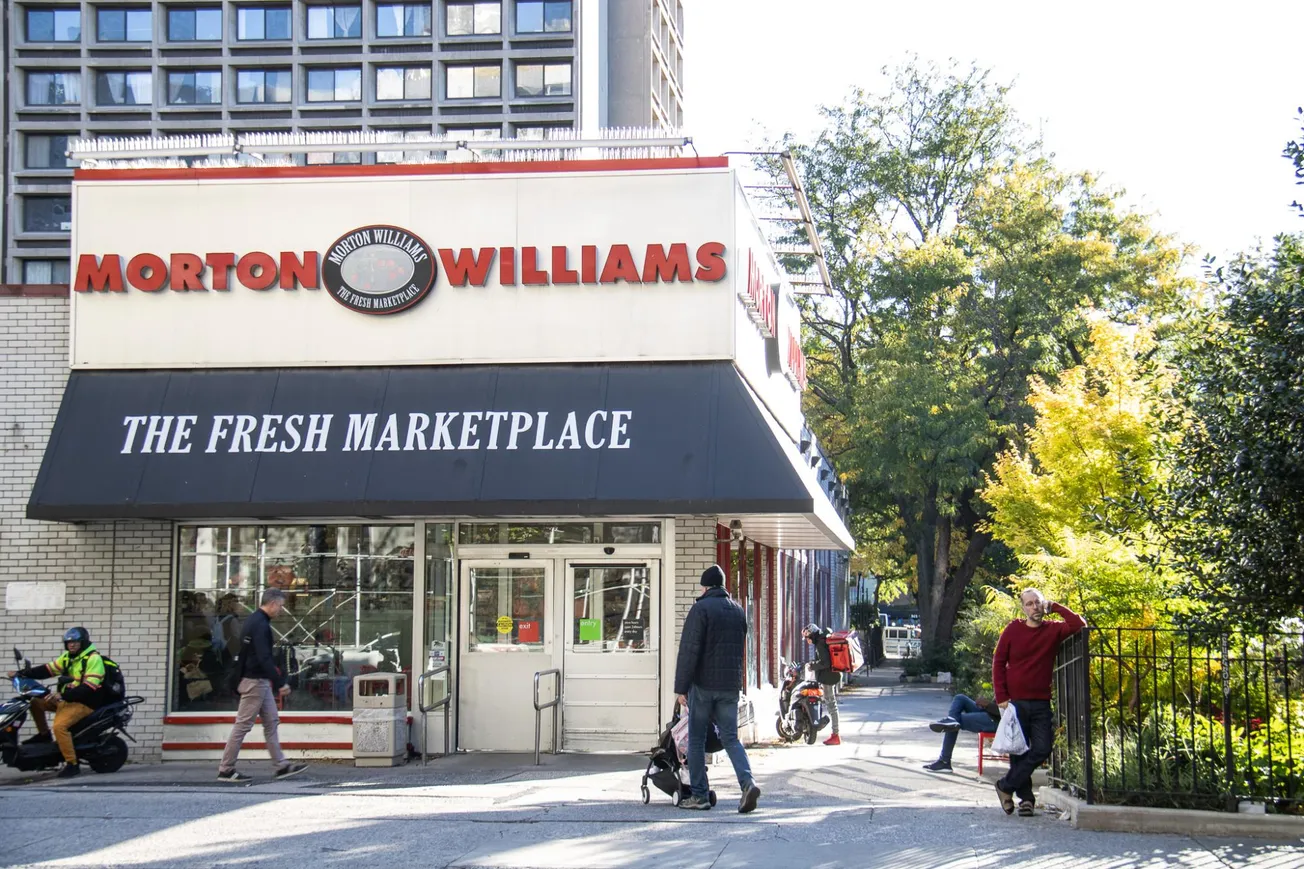The e-commerce blitzkrieg that has transformed the retail landscape in so many merchandise categories has yet to upend the grocery business, but signs are emerging that Web-based merchants involved in the sector are steadily gaining traction. A new report from sales and marketing firm Acosta indicates that, while most people still prefer to shop for food in supermarkets and other brick-and-mortar stores, e-commerce is winning adherents, particularly among young people.
 Traditional grocery retailers may take solace in Acosta’s finding that 97% of dollar sales involving consumer packaged goods are generated in-store, but other insights point to a more complex, fragmented market on the near horizon. To begin with, 28% of consumers today prefer to regularly buy food and beverages online.
Traditional grocery retailers may take solace in Acosta’s finding that 97% of dollar sales involving consumer packaged goods are generated in-store, but other insights point to a more complex, fragmented market on the near horizon. To begin with, 28% of consumers today prefer to regularly buy food and beverages online.
The shifting market dynamics are further illuminated when the focus is narrowed to members of Generation X and Millennials. Fourteen percent of younger Gen Xers, defined by Acosta as those between the ages of 35 and 39, do their grocery shopping online at least half the time. That number jumps to 23% among older Millennials, or 30- to 34-year-olds. It is very likely that a similar progression will occur as subsequent generations assume greater responsibility for food shopping. Another of the report’s findings should also concern brick-and-mortar retailers. Fifty-nine percent of consumers who now buy groceries online less than half the time indicate they are likely to give pure-play e-commerce sites a try within the next 12 months. An additional 35% are likely to experiment with a click-and-collect program.
Technology is altering the grocery model in other ways as well. Forty percent of shoppers utilize a mobile app, with 23% of them consulting the devices to identify deals before going to the store. Some 58% of consumers are interested in scan-and-go technology, and 15% of high-frequency food shoppers use auto-replenishment digital platforms. Clearly grocery shopping is, as Acosta notes, increasingly a hybrid experience.
“Whether a shopper is clicking for their groceries or browsing the supermarket aisles, it’s important for brands and retailers to recognize the value and unique benefits offered by both purchase pathways,” says Acosta senior vice president Colin Stewart. “E-commerce does not mean the end of brick-and-mortar stores, but it provides new and different growth opportunities for retailers, which requires them to form a new strategy tailored to how grocery shoppers prefer to buy their foods.”
Merchants of all kinds that aspire to future success in the category will have to be extremely nimble. Evidence that competition is more intense than ever isn’t hard to find. During the past few weeks hard discounter Lidl made its much anticipated debut in the U.S. market, Aldi countered with a three-year, $3.4 billion capital expenditure plan, and Amazon.com Inc. agreed to acquire Whole Foods Market Inc. for $13.7 billion. More recently, Ahold Delhaize’s Food Lion chain completed the refurbishment of its 93 stores in Greater Greensboro, N.C., the fifth market to date to receive that treatment, and Walmart realigned its food merchandising team.
Those are just a few of the companies that are determined to command a healthy share of the nation’s $800 billion-a-year food and beverage business. Whatever balance ultimately emerges between in-store and online sales, and however the rivalry between retail heavyweights shakes out, the dynamism of the market should benefit America’s shoppers.






